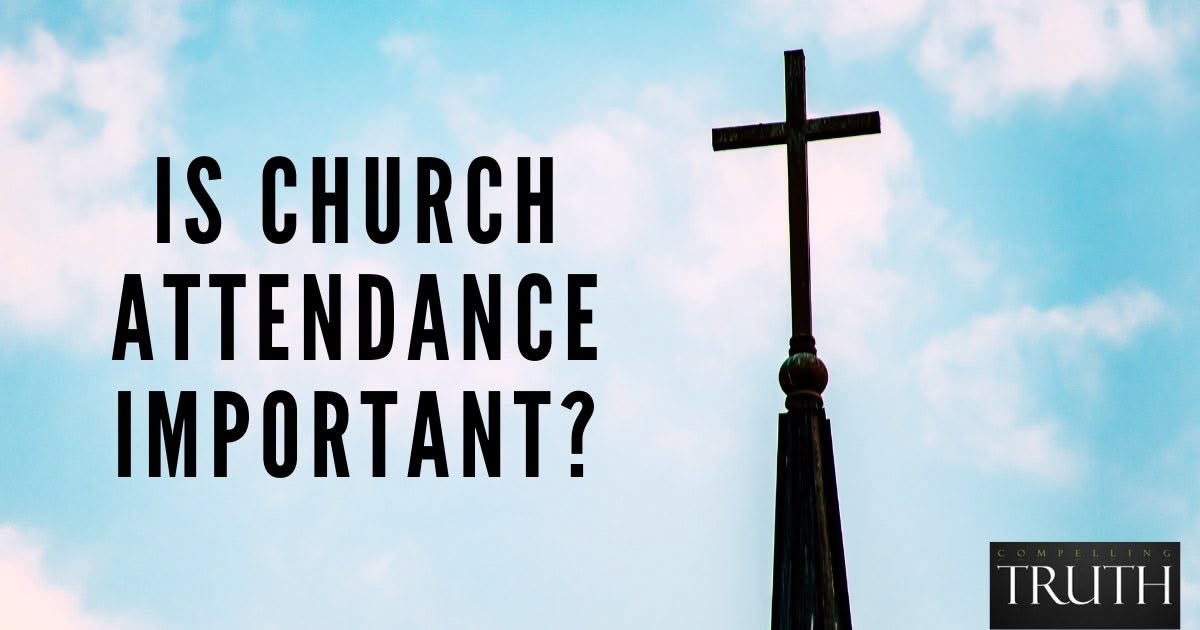Are there really fewer men who regularly attend church than do women? What do demographers use as a definition of "church"? Are the statistics consistent across denominations? How stable are they over time? What about cross-culturally? Those are just a few of the questions to ask about the research to better determine what it actually reveals. Statistics actually reveal that this question does not reveal a truth that matches up to reality. In the Bible, God reveals that both men and women are crucial in the body of Christ and the local church.
Both men and women are integral to the life and mission of the church, therefore we should actively pursue unity and collaboration within the church community. This involves recognizing and affirming the unique contributions that each gender, and each individual, brings and fostering an environment where both men and women can flourish in their spiritual gifts and responsibilities (Romans 12). Practically, this means encouraging mutual respect (Ephesians 5:21), learning from one another's perspectives, and embracing shared responsibility where appropriate. By doing so, we embody God's intended design for His church, reflecting His image more fully and effectively to the world around us.




